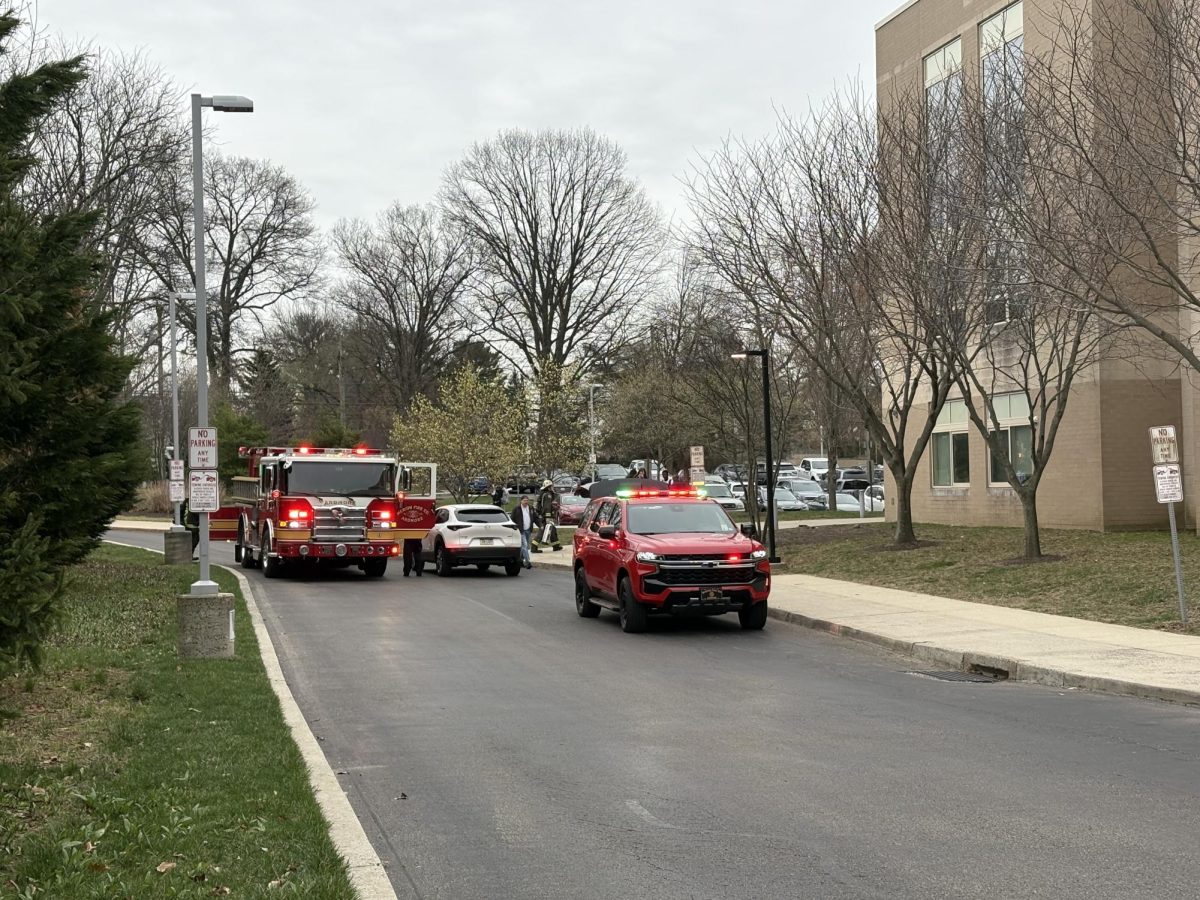
In a year with tremendous unpredictability, the presidential election was no exception. Unlike previous elections, a considerable portion of the population opted to vote by mail to ensure their safety as COVID-19 case counts grew throughout the United States. In addition to “expectations of a close contest,” as noted by The Washington Post, mail-in ballots helped to increase voter turnout to record-breaking numbers. This increase in mail-in voting delayed ballot counting in many key battleground states, causing the results of the election to be obtained four days after election day, on November 8. Pennsylvania, which allocated its electoral votes to Donald Trump in 2016, ruled that mail-in ballots could only start being counted on election day and tallied its in-person votes prior to mail-in votes. Consequently, when the results of the first ballots were being announced, President Donald J. Trump had a comfortable lead, but as time passed and the mail-in voting results came in, especially from Philadelphia and its suburbs, it became evident that former Vice President Joseph R. Biden would win the state. Finally, as Pennsylvania was called for the former Vice President, on Saturday, November 7, along with other major news networks, the Associated Press declared Biden the next President-Elect of the United States.
The results of the election mirrored the ever-growing political divide present in our nation today. While thousands of people took to the streets in various cities throughout the country to celebrate Biden’s victory, others stormed state legislatures claiming that the entire election was rigged against Trump. Despite the fact that Biden won both the popular and electoral vote, Trump refused to concede, claiming that rampant, widespread voter fraud hindered his chances at victory. The Trump Administration has enacted multiple lawsuits in states across the nation alleging voter fraud and inaccuracies in ballot counting. To date, most of these lawsuits have been rejected, with judges noting that the lawsuits were based upon “insufficient evidence.”






